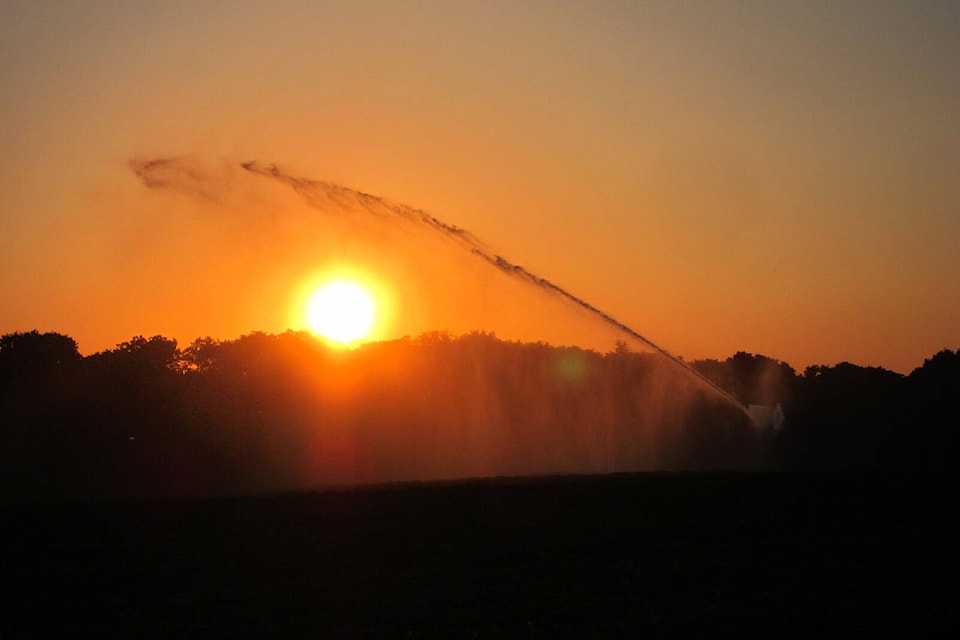A report by British Columbia Coroners Service reviewing the circumstances of the 619 persons who died during last year’s so-called heat dome finds 24 of those deaths took place in Greater Victoria.
That figure accounts for 3.9 per cent of all deaths across the province with a rate of six deaths per 100,000 residents, according to the report. Island Health as a whole accounted for nine per cent of all deaths with a rate of 6.3 deaths per 100,000.
The figures suggest that Greater Victoria dodged the worst as 73 per cent of all deaths took place in Fraser Health and Coastal Health (Greater Vancouver) combined, with Fraser Health accounting for 50 per cent. The three hardest-hit communities were Vancouver with 117 deaths (18.9 per cent of all deaths with a rate of 17.7 per 100,000), Surrey with 75 deaths (12.1 per cent of all deaths with a rate of 13.2 deaths per 100,000) and Burnaby with 73 deaths (11.8 per cent of all deaths with a rate of 29.3 deaths per 100,000). The report cites 20 deaths in Victoria proper.
According to the report, most of those who died following the extreme heat event that occurred June 25–July 1, 2021 were older adults with compromised health due to multiple chronic diseases and who lived alone.
RELATED: B.C. launches heat alert system following 2021’s deadly heat dome
But the report also points to a relationship to urban design, as a “number of the deaths were in urban areas with low greenness (fewer trees) surrounded by large roads, large buildings, and high density.”
The report highlights the so-called urban heat island effect, which increases heat-related mortality and morbidity. City centres can be significantly hotter than surrounding rural areas because of their design and construction, it reads.
“The increase in heat is attributed to areas with extensive surfaces like asphalt and concrete that absorb solar radiation, have less vegetation to provide a cooling effect, and have heavier concentrations of traffic that generate additional heat,” it reads.
The report also cites a study which shows urban tree canopy reduces surface temperatures by as much as 12 C and the report specifically calls on authorities to protect and restore the urban tree canopy and permeable surface areas to absorb water.
The report also shows the social dimension of harmful ecological changes, citing academic literature that identifies “poor quality housing, homelessness, and overall deprivation are risk factors for increased mortality during extreme heat events.”
Do you have a story tip? Email: vnc.editorial@blackpress.ca. Follow us on Twitter and Instagram, and like us on Facebook.



